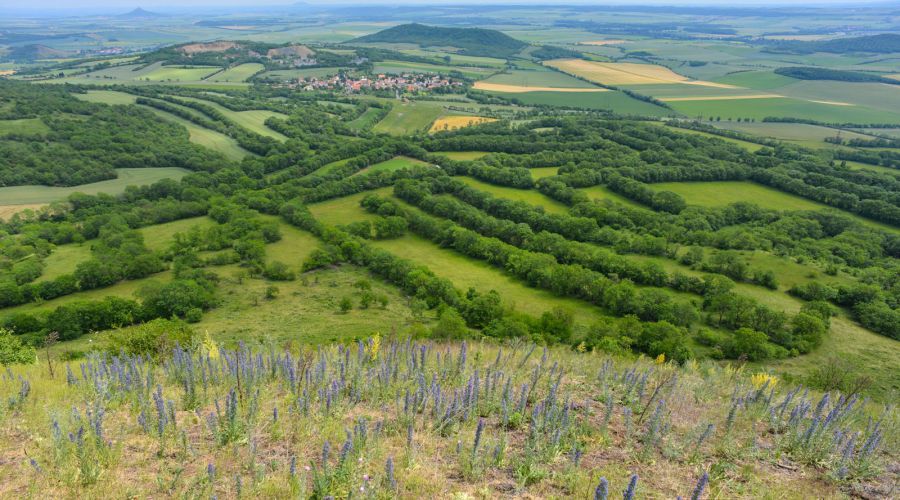Ecological and historical factors behind the spatial structure of the historical field patterns in the Czech Republic

A group of researchers from the Czech University of Agriculture in Prague, the University of South Bohemia in České Budějovice and the University of Economics in Prague, led by Václav Fanta, has published a study on one of the most important phenomena of the Czech historical cultural landscape. These are the historical field systems, which were mostly created in the Middle Ages. They have undergone a long evolution and are still the most visible system of farmland arrangement around thousands of Czech historical settlements. Some of them have survived to this day, mainly thanks to the fixation of plot boundaries by linear tree formations (baulks), and are among the most valuable parts of the Czech cultural landscape from the historical, aesthetic and ecological point of view. In the Czech Republic, there are a number of types and arrangements of ravines, which have been created by historical development under different natural conditions. From the archaeological point of view, some types of historical field systems are among the largest archaeological objects in the landscape. Their most striking element, especially in the foothill and mountain regions of the country, are the so-called agrarian terraces.
Based on a detailed analysis, the researchers used a group of statistical and geographical methods to determine, for about 500 selected systems, the factors that were decisive for the formation of a particular type of field system. As a result, the researchers were able to describe what specific combinations of ecological or historical factors determined the occurrence of particular types of historical field systems (and thus the face of the cultural landscape at a detailed scale) in a new paper in the Nature group's Scientific Reports. Secondarily, the study also produced maps showing the distribution of individual historical field systems across Bohemia. Overall, the article contributes to a better understanding of this phenomenon and offers an interesting way to study the historical landscape.
Historical field systems are still of fundamental importance in terms of the Czech landscape. They prevent soil erosion and hold water in place, thus permanently improving the hydrological conditions in the landscape. They are a significant ecological stabilising element. The borders, covered with specific flora, have formed much-needed biocorridors for centuries. Their educational function is also unforgettable since in the 21st century they preserve economic structures that are hundreds of years old. Because they respect and enhance the landscape relief, they also have a high aesthetic value.
Currently, an exhibition on historical field systems is open at the Czech University of Agriculture, the catalogue of which will be published in a book.
The article was published in open-access mode and it is freely downloadable at https://rdcu.be/cN9du/.
Václav Fanta, Jaromír Beneš, Petr Sklenička et al.